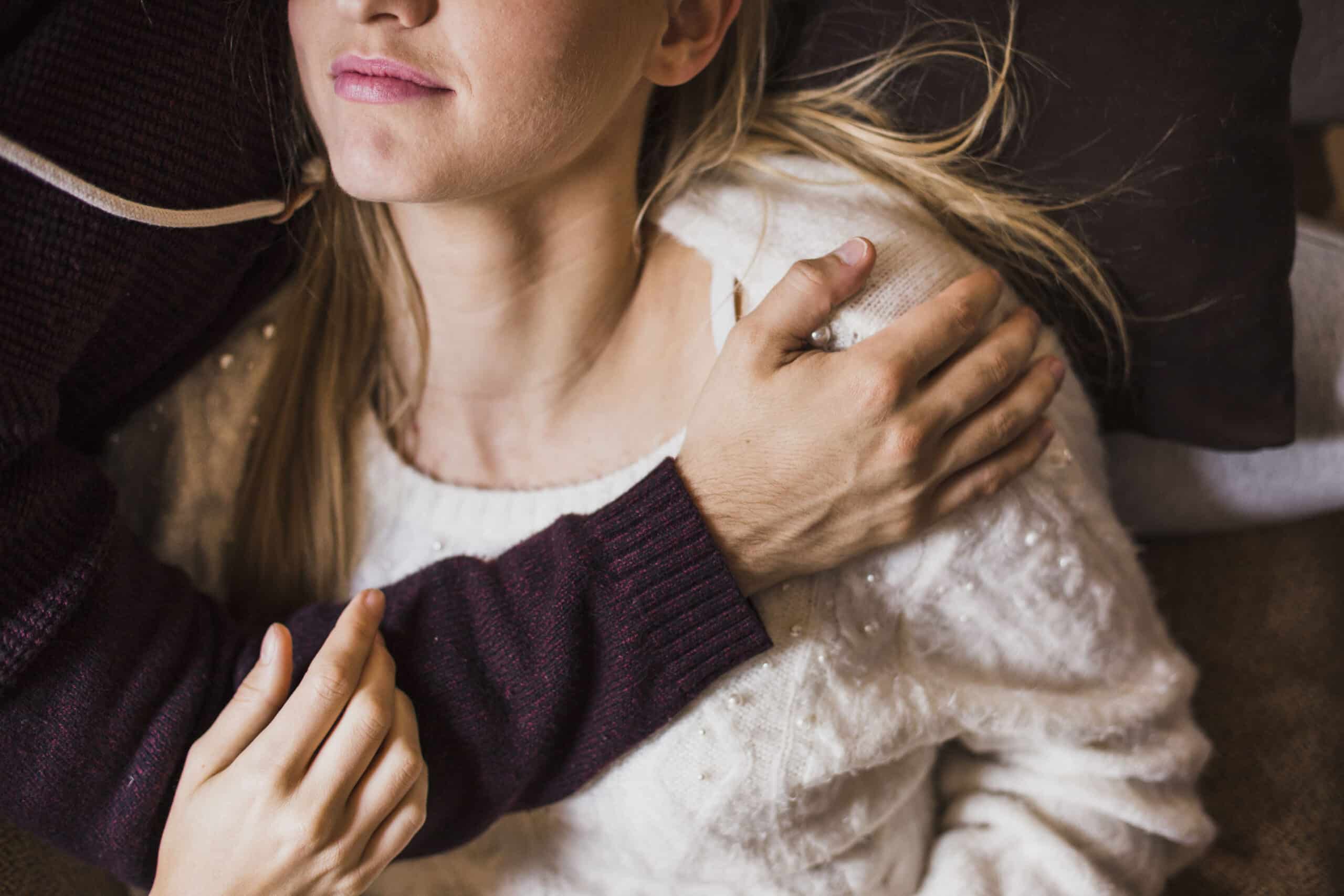It’s a question that we should all be asking – what happens to my email and social media accounts after I die?
It can be a huge burden for your loved ones to gain access to your online life if you die and have not left a “digital will” or a “will about your digital life” behind. It may be painful to your loved ones to continue to see your social media profiles and be reminded of your birthday after your death. You may have personal information at various sites or in your emails that you may not want others to have access to. So what happens to your online life when you die?
There is no short answer, but there are some things to consider and some ways to look after and even protect your digital estate.
Each company (Facebook, Twitter, Linkedin, Gmail, Hotmail, Dropbox, etc.) has a privacy policy which covers how to memorialize or delete an account of a deceased person. These policies will change from time to time, here is the current information.
To close the Facebook profile of the deceased, Facebook requires that you complete an online form. You’ll need to provide verification that you are an immediate family member and upload the death certificate (or other proof). You will not be able to gain access to the deceased persons Facebook account. (This has been a major source of struggle for parents who have wanted to access their child’s account after death. If possible, consider leaving passwords to Facebook as you would consider bequeathing other personal items.)
Twitter requires that you mail 4 items to them including the deceased user’s Twitter account handle, a copy of the deceased user’s death certificate, a copy of your government-issued ID and a signed statement from you. “In order to respect the wishes of loved ones, Twitter will remove imagery of deceased individuals in certain circumstances.”
Linkedin will remove the profile of the deceased and close the account, but you must complete an online form with information such as the URL to their LinkedIn profile, your relationship to them and a link to their obituary.
Dropbox
If you have access to the deceased persons computer, you may find the Dropbox folder on their computer which should sync with their online account. If you don’t have access to their computer, there’s no guarantee that Dropbox will allow you access. Their help center policy on deceased persons read, “When people pass away, we want to make sure we respect their privacy rights above all. For this reason, the request process will take some time, and we can’t guarantee that we’ll be able to provide access.” You need to mail the information requested to them and then they will make a decision.
Google: Gmail, Google+, Youtube
Google’s policy starts with, “We believe that the trust placed in us by our users requires us to make sure that their information is safe, even in the event of their death.” That being said, Google is the most progressive in that they allow you to proactively set up parameters for what happens when you stop using your Google account for a period of time. You can set up a Timeout Period, after which your account will no longer be active. You can also add up to 10 trusted friends or family members who should be notified that your account is inactive after you’ve set the Timeout Period.
Microsoft (Hotmail.com, Outlook.com, Live.com, Windowslive.com, MSN.com)
Email Microsoft to notify them of the death. Apparently Microsoft will load content onto a DVD and mail it to next of kin. It is unclear what documents need to be submitted to prove death has occurred, or to prove kinship.
Yahoo
Yahoo does have a process in place to request that your loved one’s account be closed, billing and premium services suspended, and any contents permanently deleted for privacy. Loved ones can request that a deceased persons account be closed by providing some info to Yahoo’s legal department. Yahoo Ending, launched recently in Japan, sends out digital farewell messages to loved ones and scrubs all personal data from the system once Yahoo confirms that the user has passed away. It does not sound like they allow the next of kin to gain access to the accounts themselves.
Everplans has written a very informative article, How To Create A Digital Estate Plan, containing a 5 step plan for creating your digital estate plan. They also offer the option of creating a free everplan, “a complete archive of everything your loved ones will need should something happen to you.”
Digital estate planning is a proactive means of ensuring that your information stays safe, and can be accessed by your loved ones if you wish.
As one mother wrote: “The week before Christmas our beautiful and vibrant daughter unexpectedly passed away in her sleep. She was 24. Our world is shattered. We are now struggling with being unable to access her cell phone, laptop, email, or computer because everything has a password. Even Facebook has logged out. I can’t access anything because she didn’t have a will and she did not leave any papers recording her passwords.”
In our Creating a Digital Estate blog post you can review review how to prepare your digital assets and print out the Digital Estate Planning printable.
We’d love to hear from you! Have you thought about what happens to your information after you pass away, and what have you done to prepare? If you have not thought about it for a while, you might take two minutes to consider all the sites that you use a password to access. If you become unable to access those sites, does anyone else have access?






